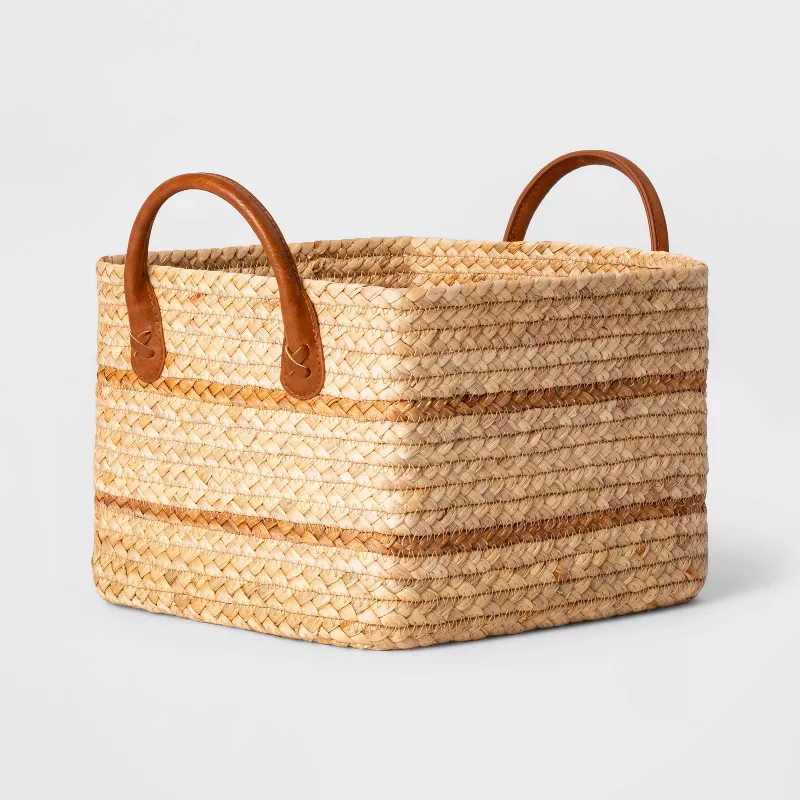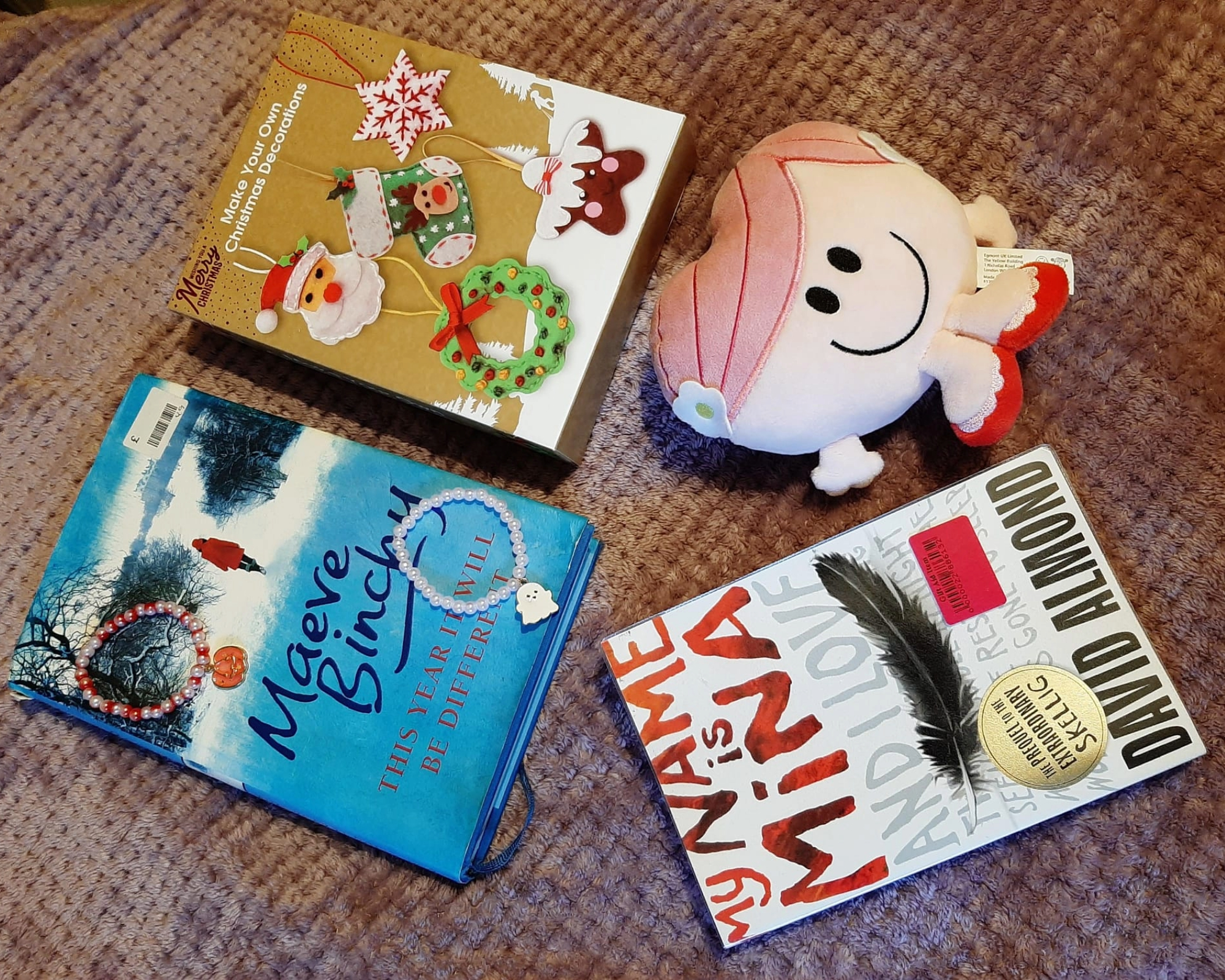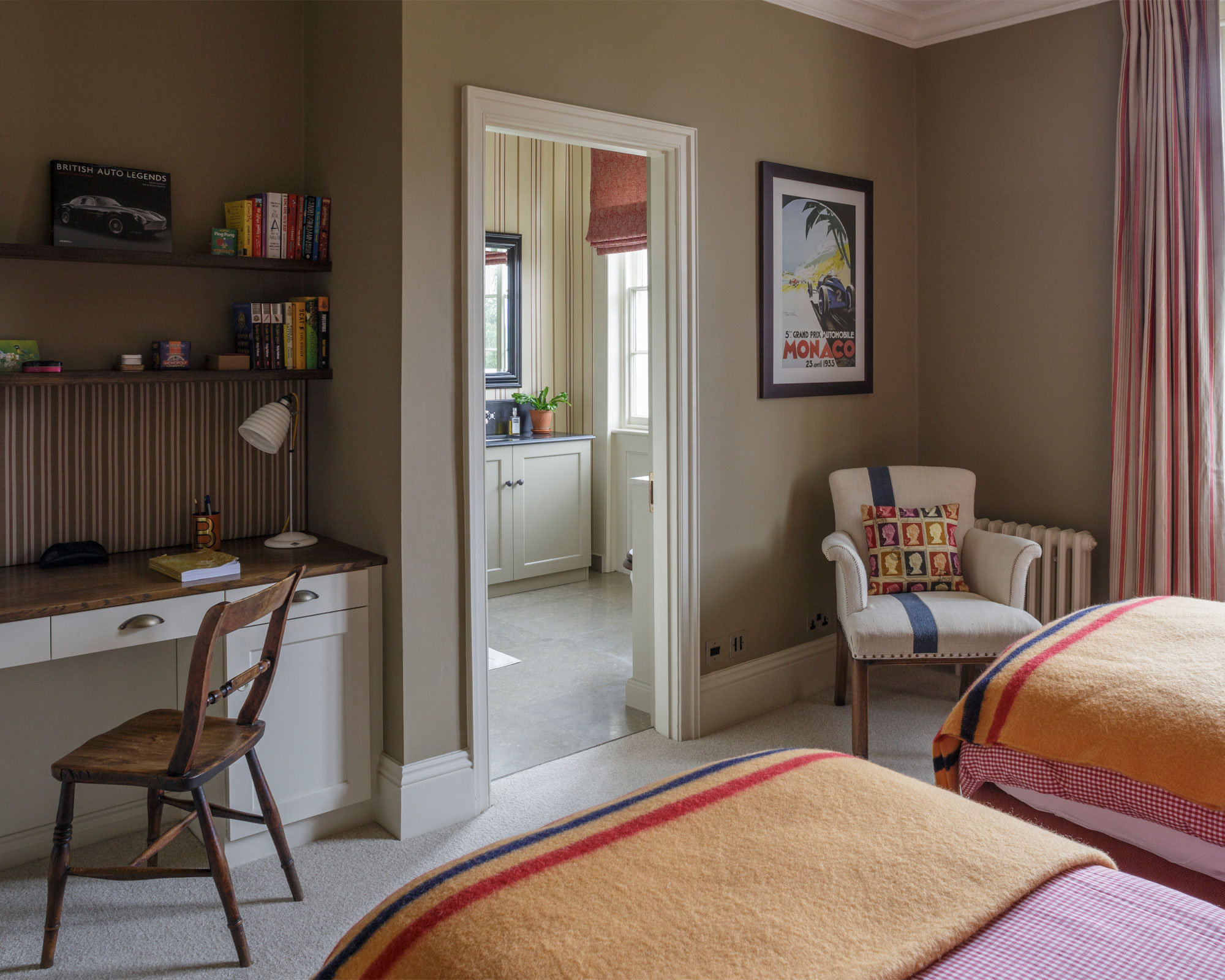I tried the one-in-one-out method to keep my space clutter-free and it changed my relationship with shopping for good
I added a few caveats that made the rule work better for me


Over the years, I've delved deeply into the worlds of organizing, decluttering and minimalism, trialing all sorts of different methods to keep everything tidy both for my self-interest, and as a journalist in the homes space.
One pattern I have noticed is the busier I get, the more easily clutter accumulates in my home. It makes sense, as I don't have as much time to monitor what's going in and out of my home, leading to a sense of clutter overwhelm.
That's why my interest was piqued when I read about the one-in-one-out rule to make a person think twice before making new purchases. It sounded simple and achievable in my busy lifestyle, and easy to maintain in the longer term. It worked brilliantly and has turned my relationship with shopping on its head. Here's how trying it out went for me, step-by-step.
What is the 'one-in-one-out' method?

The one-in-one-out decluttering rule is very simple: every time you purchase something new to bring into your home, you need to get rid of something you already own to make space for it. This item can be from the same category (for instance if you buy a new sweater, you let go of an old sweater) but it doesn't have to be.
This constant state of in-and-out provides a definite way to keep the amount of items in your home at a stable level instead of quietly creeping up and leading to either overwhelm or clutter blindness. The act of having to remove something every time a new purchase is made will condition your brain to stop and think before shopping, too.
Punteha van Terheyden, head of Solved at Homes & Gardens explains, 'It's a very mindful process because you have to mentally scan your existing belongings at the point of sale, be it online or in store, and think on what you'll get rid of. That can stop you in your tracks when you realize you already have three cream winter jackets and don't need another one.'
To test it out, I grabbed an empty box to put my 'out' items in, to help me track at the end of a month-long test how much I decluttered without too much effort. Then I resumed my life under the rules of this challenge.

Baskets not only look nice around the home, but they help keep mess at bay if you place them strategically and use them as functional drop zones to declutter as you go. The caveat is you need to commit to regularly putting the items away in their usual homes.
How the challenge went for me overall

Some of my 'out items: jewelry and a scarf from my closet that I never reach for, beads for crafts I've never used, and Christmas wax melts still brand new from last year
Undertaking this challenge was simple and didn't take a lot of time out of my day. I noticed within the first week how easy it was to buy something and bring it home without even thinking twice, but as the challenge continued, I started to question whether I truly needed something while in a store.
I fell into a good habit of decluttering as you go, unpacking my shopping and counting the new items I had obtained before then going around my home and finding that many items to let go of before putting the new ones away. This really worked for me and helped me to stay on top of the challenge.
It was interesting to note I began mulling over the differences between needing, wanting and liking something when this challenge began and started to shift how I was spending money in stores and online, and what I was donating or selling.
What I liked about the one-in-one-out method

My room
I liked how this challenge was easy to keep up with once you got going. I came home one day with two cute Halloween-themed bracelets, not remembering immediately that they counted as new items until the next day. But as the days passed, the 'out' part of the challenge became second nature, regardless of the source of the new item: a book I bought, a gift from a friend or a bargain mug from a clearance section.
I also liked how the challenge seemed grounded in something philosophical and transient, akin to the non-attachment theory which encourages a person to think on why they are attached to what they own. It fostered a new philosophy in me: a 'this new item has come into your life to serve you, so remove something that doesn't so it can go on to serve someone else' mentality.
Trying the one-in-one-out rule wasn't arduous, and began blending quickly into the background of my life, existing alongside me in a non-pressurizing way. I liked that because it meant the rule didn't feel overwhelming: a silent accountability partner ensuring I didn't clutter up my life with things that would weigh me down.
What I disliked about the one-in-one-out method

My box of "out" items gradually filling up with things to donate
I quickly ran into some problems with the one-in-one-out method and realized how important it is for every individual to set boundaries in order for the method to work.
For instance, I had been needing to purchase a new ergonomic chair for a while now. I've been using a chair from the dining room downstairs while waiting to find a good chair, so when I brought my new chair home I didn't know what to do. The old chair wasn't going 'out', it was going back downstairs. So did I need to get rid of something I already owned if the item I purchased was a 'need' and not a 'want', and instead a direct replacement?
And how about if you're purchasing items that will stay in your home for a duration of time but not forever, such as greetings cards for friends or a bunch of flowers? They take up space in your home but only temporarily.
After encountering these issues I decided to keep going forward with the following additions to my one-in-one-out challenge:
- If the item I'm adding to my home is a 'need' then I don't have to take something else 'out'.
- If the item I purchase isn't for myself, such as a gift I'm keeping hold of for a friend later in the year, then I don't have to let something else go.
- I am not going to restrict myself by sticking to categories. For instance, if I buy a lovely cardigan on sale to help me stay warm in winter, I don't have to donate another cardigan.

When decluttering, using matching velvet hangers will help to lower visual clutter. Keep any spares grouped together to stop them adding visual noise in your closet. You can also organize your hanging items by type for a second layer of visually appealing styling that reduces the sensation of clutter in your space.
Going forward with a less strict sense of the challenge made me feel much better, so before undertaking this for yourself, I would definitely take the time to think into the terms that suit you and your lifestyle or simply, when you begin, feel free to adapt.
Just make sure that the challenge's main principle of something in, something out, still stands, otherwise you could come up with lots of caveats that lead you to never removing anything or using this as the decluttering tip intended.
Overall verdict and tips

Some of my "in" items: two books I'm excited to read, festive bracelets relevant to autumn (my favorite season), Christmas decorations I'm looking forward to making, and a plush of Little Miss Hug
It's a great method to keep clutter in someone's home at a stable level and to encourage people not to unnecessarily buy items they don't really need (which could in turn inspire decluttering), but if you're looking to make space in your home this won't do the trick.
It is one that's worth a go if you notice signs you are losing control of clutter in your home. But you need to be mindful that if you don't remove the same category of item that you've just purchased a new item of, you could increase the volume of stuff in your home. For instance, if you buy a throw but remove a bracelet, it's technically doing the challenge but may not have as much impact.
I'd rate this a 2/10 as a method to declutter the home, but a 9/10 as a way to live. I believe everyone could benefit from adopting the principle of something in, something out within reason as it keeps possessions under control and cultivates mindfulness and under-consumption about what one owns.
Following the one-in-one-out method after you've already decluttered your home would work best in combination, as the method would then keep your space clutter-free for the future.
If decluttering has always seemed somewhat of a struggle, there may be things you can do to make it more approachable. Here, we learned the things professional organizers urge people to stop doing to make decluttering easier.
Sign up to the Homes & Gardens newsletter
Design expertise in your inbox – from inspiring decorating ideas and beautiful celebrity homes to practical gardening advice and shopping round-ups.

Ciéra is a writer and regional laureate with particular passions for art, design, philosophy and poetry. As well as contributing to Livingetc, she's an Editorial Assistant for Design Anthology, and a contributing writer for Homes & Gardens and Apartment Therapy. Previous commendations of hers include being Highly Commended by The Royal Society of Literature and receiving a prestigious MA Magazine Journalism scholarship to City University, London.
-
 Interior designers on the best piece of decorating advice they inherited from their parents and grandparents
Interior designers on the best piece of decorating advice they inherited from their parents and grandparentsInterior designers share the decorating advice passed down to them from their family – these are the key tips they've been carrying for years
-
 Can you paint a metal roof? Experts warn this could make or break your ‘worthy’ DIY efforts
Can you paint a metal roof? Experts warn this could make or break your ‘worthy’ DIY effortsDone right, it'll improve energy efficiency and avoid corrosion
-
 6 ways to prevent mold and damp in bedrooms – expert solutions to maintain a safe sleep environment
6 ways to prevent mold and damp in bedrooms – expert solutions to maintain a safe sleep environmentDon't sleep on these six tips, experts urge
-
 I tried the easy Reverse Advent Calendar decluttering method to clear out my home before Christmas – it's brilliant if overwhelm usually gets in your way
I tried the easy Reverse Advent Calendar decluttering method to clear out my home before Christmas – it's brilliant if overwhelm usually gets in your wayIt left my home feeling lighter with minimal effort
-
 8 things you should never store in a playroom and where to put them instead
8 things you should never store in a playroom and where to put them insteadRead our top tips on how to keep your playroom organized and fun at the same time
-
 7 fall home maintenance tips experts never skip in their own properties
7 fall home maintenance tips experts never skip in their own propertiesSeven pro steps to maintain your home this fall
-
 I’m in chronic pain and have used heating pads for 15 years to cope at home in cold weather – the best I've ever used is on sale for Amazon Prime's last day of deals
I’m in chronic pain and have used heating pads for 15 years to cope at home in cold weather – the best I've ever used is on sale for Amazon Prime's last day of dealsI've used more than 30 electric heating pads and they're my go-to for pain relief
-
 A professional organizer's best seasonal storage tips for living rooms – they're the key to having easy access, reduced clutter and improved functionality
A professional organizer's best seasonal storage tips for living rooms – they're the key to having easy access, reduced clutter and improved functionalityWelcome in the new season with stylish storage tips for fall
-
 How to elevate your teen's former bedroom into a beautiful home office
How to elevate your teen's former bedroom into a beautiful home officeTips and advice from an interior designer and a professional organizer on how to transition your teen's bedroom into a home office
-
 Here's how to deep clean a dorm room, according to experts
Here's how to deep clean a dorm room, according to expertsCleaning experts reveal all the best ways to deep clean a dorm room, and reveal some of the most ignored spots.